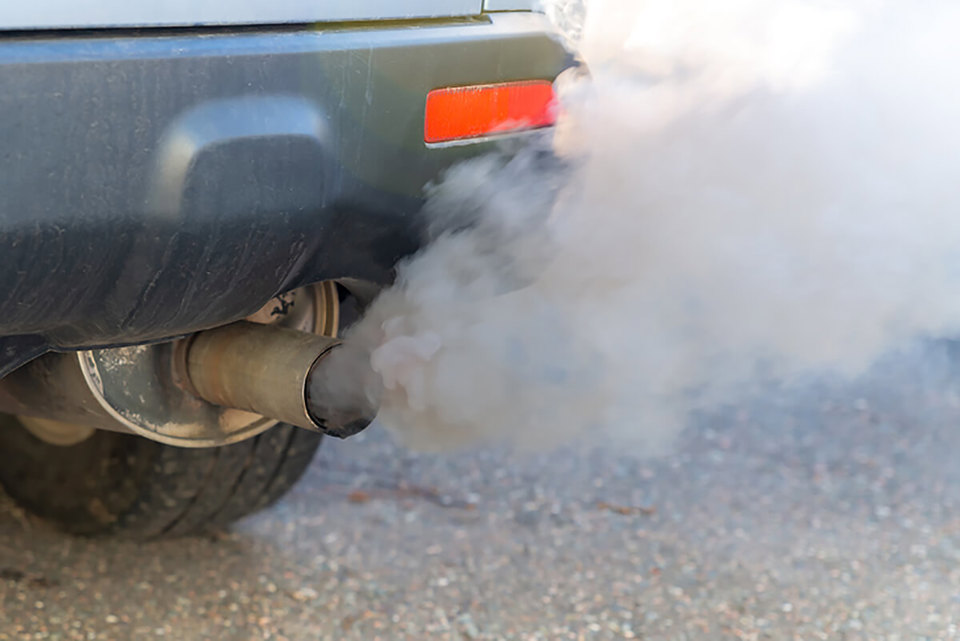Two studies published by T&E by Dutch consultancies TNO and CE Delft say that fuel consumption and CO2 emissions of vans can be cut much more quickly and cheaply than the European Commission's research suggests.
The first study says that fitting less powerful and smaller engines has been an overlooked but quick and cheap option to reduce emissions. The second report suggests emissions can be cut even more by limiting a vehicle's maximum speed.
With the EU’s first law to regulate fuel consumption – and thereby carbon dioxide emissions – going through the legislative process, a battle is being fought over the maximum emissions that the average new van is allowed by 2016 and 2020.
The Commission has proposed limits of 175g of CO2 per kilometre by 2016 and 135g by 2020, but these limits are already under attack from automotive industry interests.
The Brussels-based transport campaign group says that the Commission’s thinking on vans is flawed. T&E policy officer Kerstin Meyer said: "Much of the political debate over the new proposals has focused on the costs of advanced technologies needed to meet the new standards. But our report suggests the official impact assessment for the new legislation ignored an altogether simpler and cheaper option.
"We can cut emissions and save money at the same time if we make the most of smaller and less powerful engines. The findings suggest light commercial vehicles could be made up to 16% more fuel-efficient and up to 10% cheaper to buy simply by reversing the upward trend in horsepower and using smaller engines.’
T&E wants tougher emissions limits than the Commission is proposing: 160g/km by 2015 and 125g/km by 2020.
It says the 175g/km target proposed for 2016 by the Commission could be met using optimal engine sizing alone, and at the same time make vans cheaper to buy.

















Login to comment
Comments
No comments have been made yet.